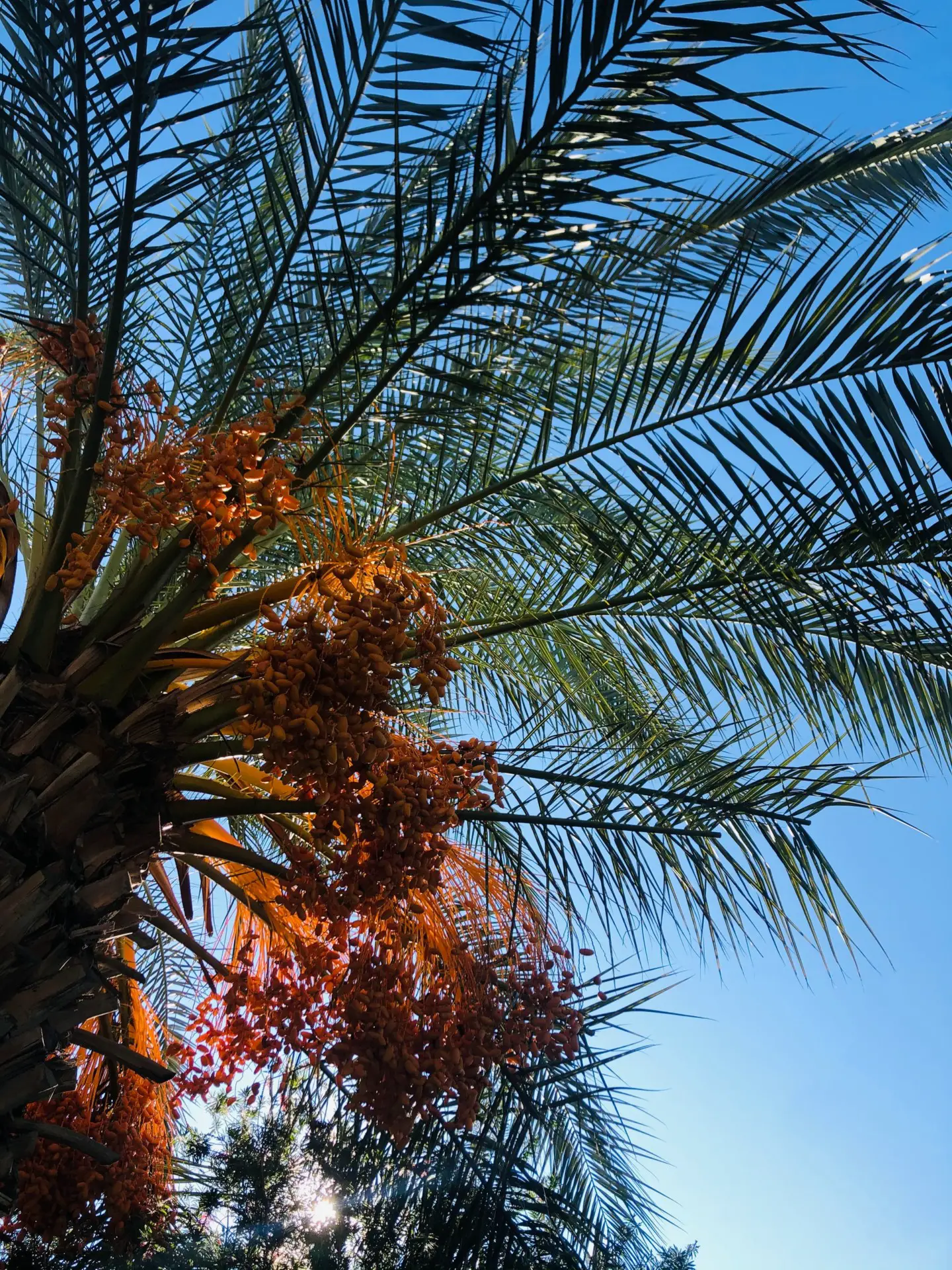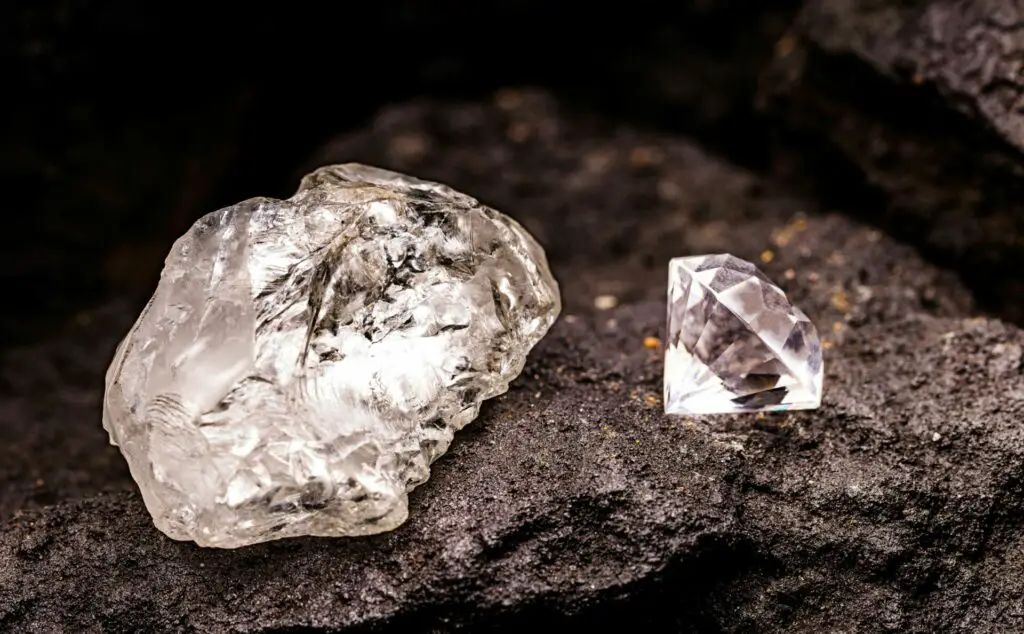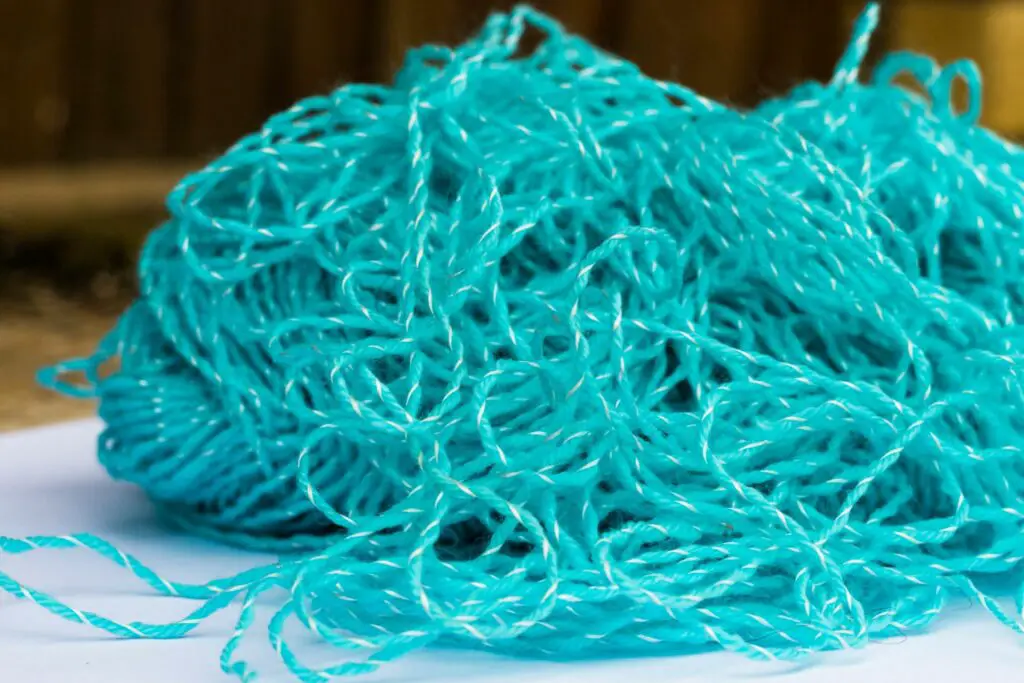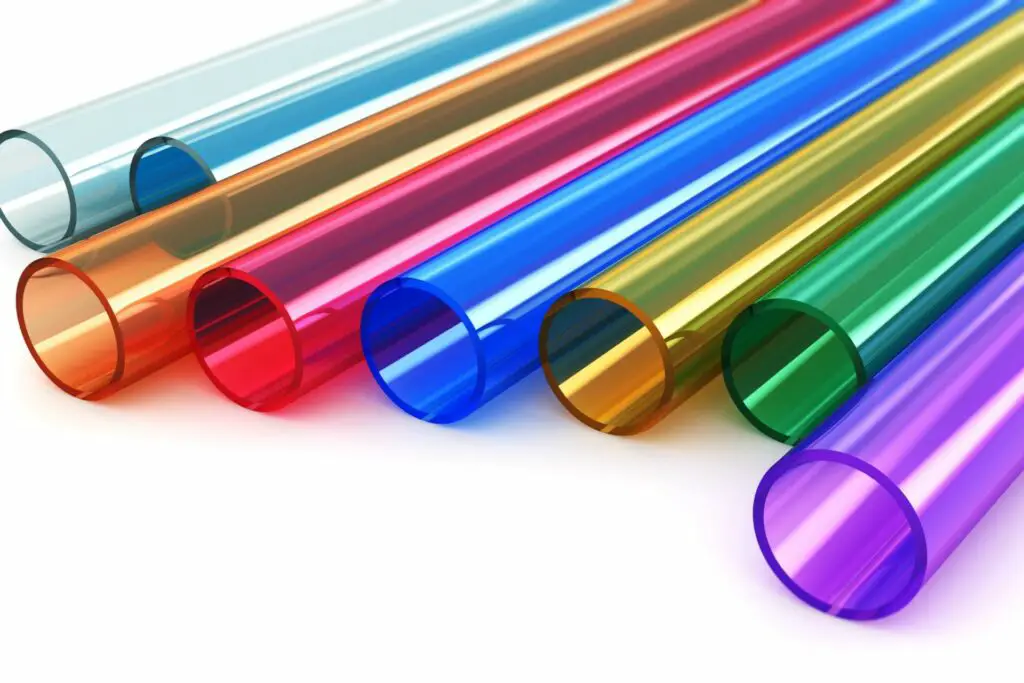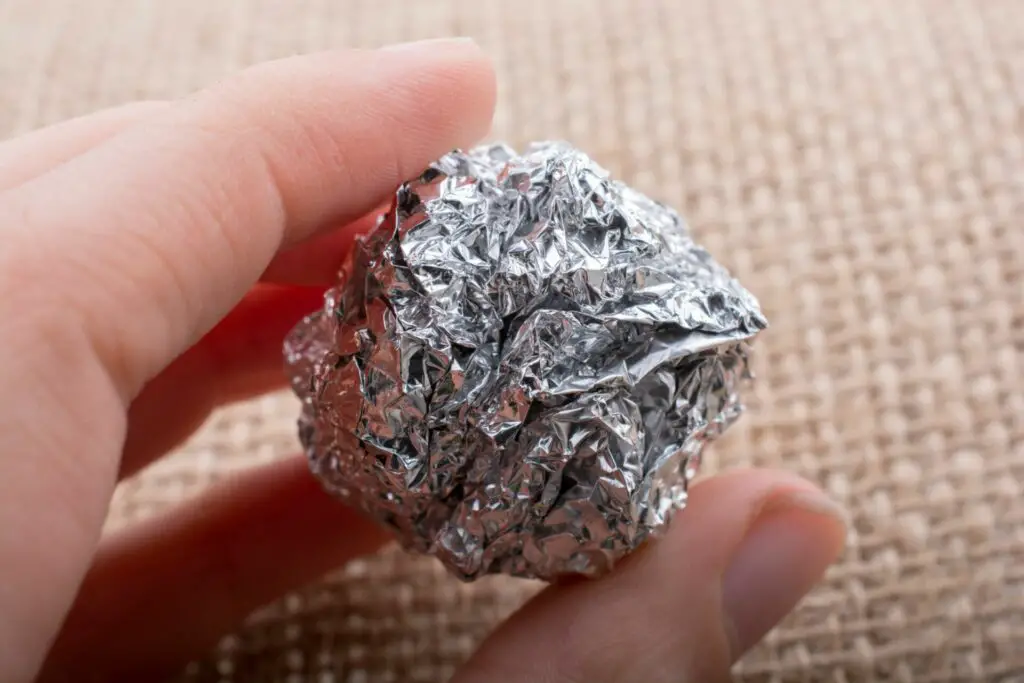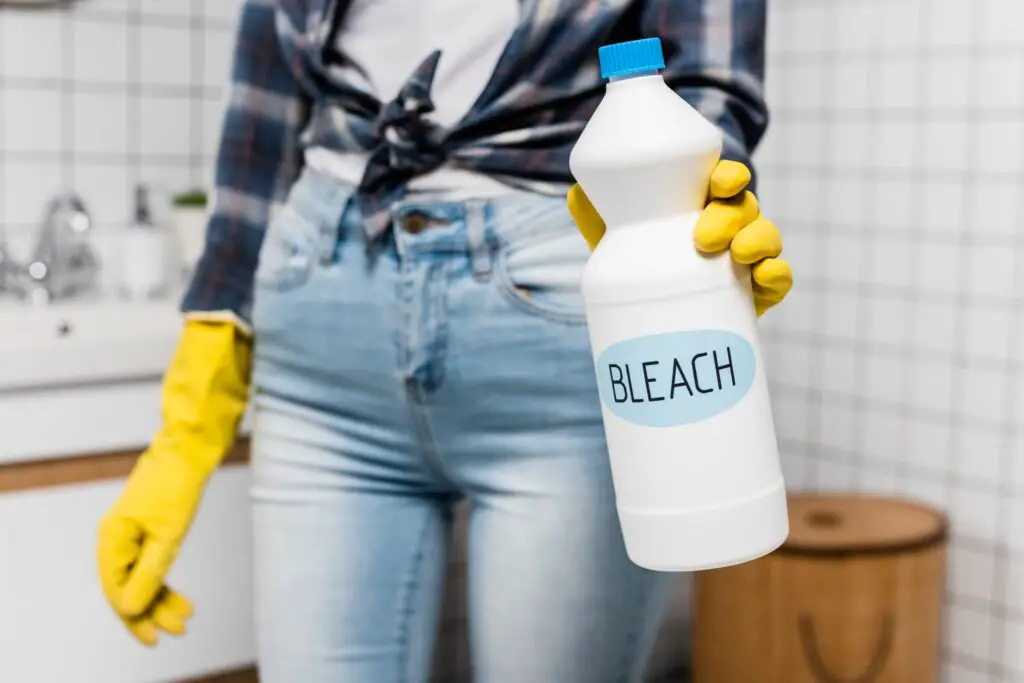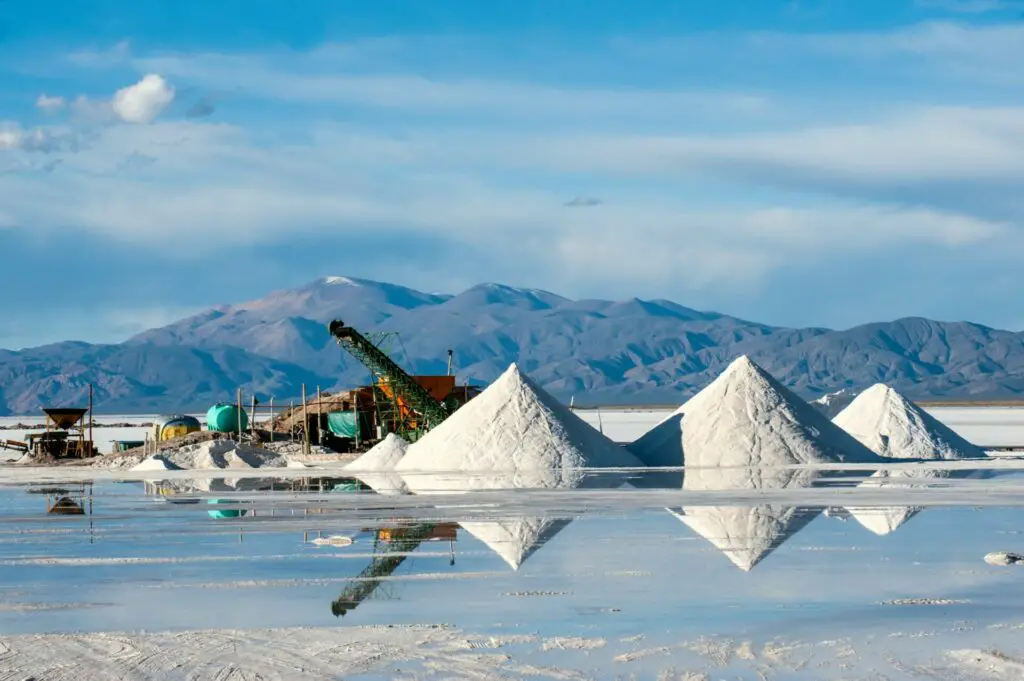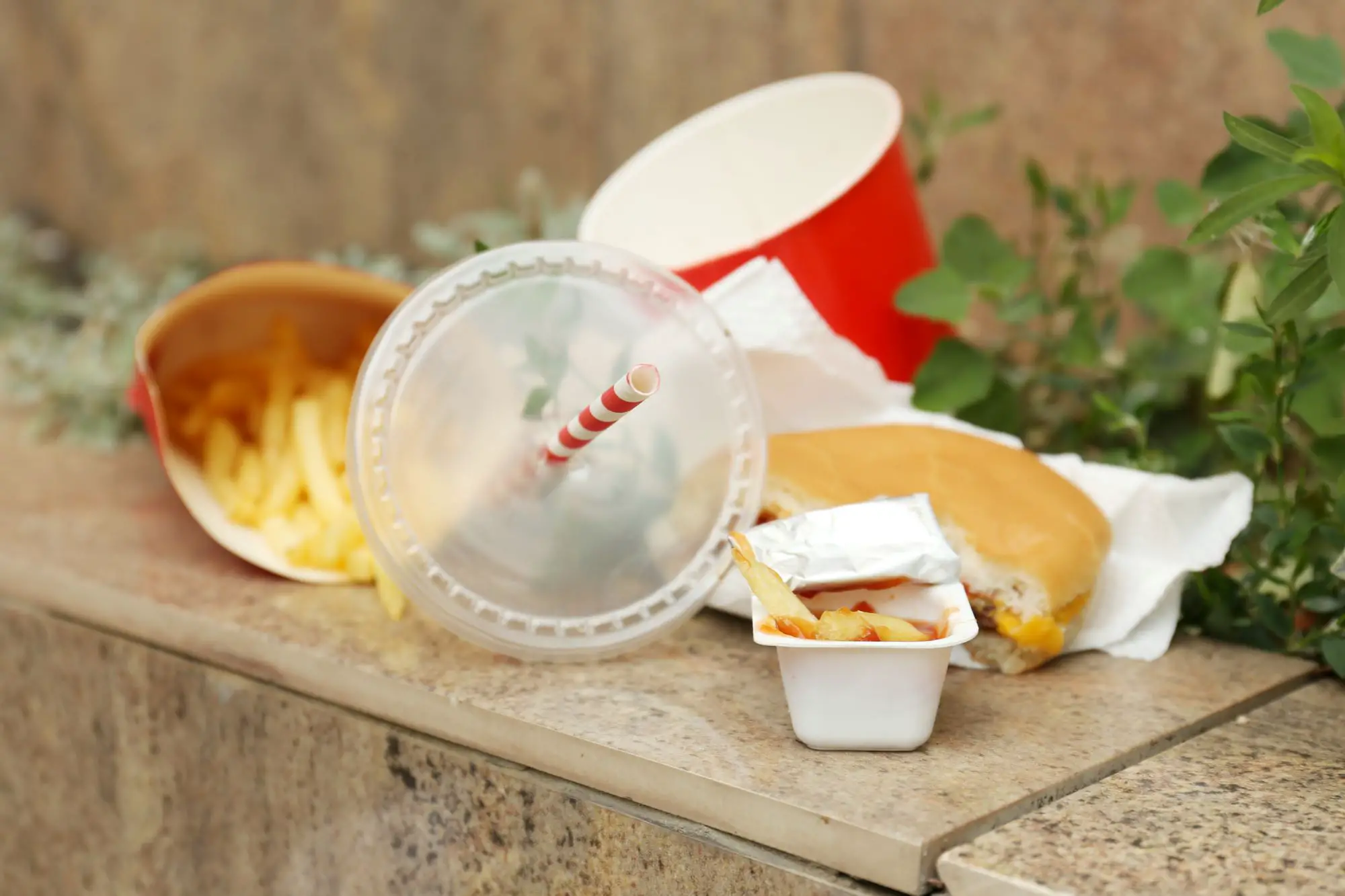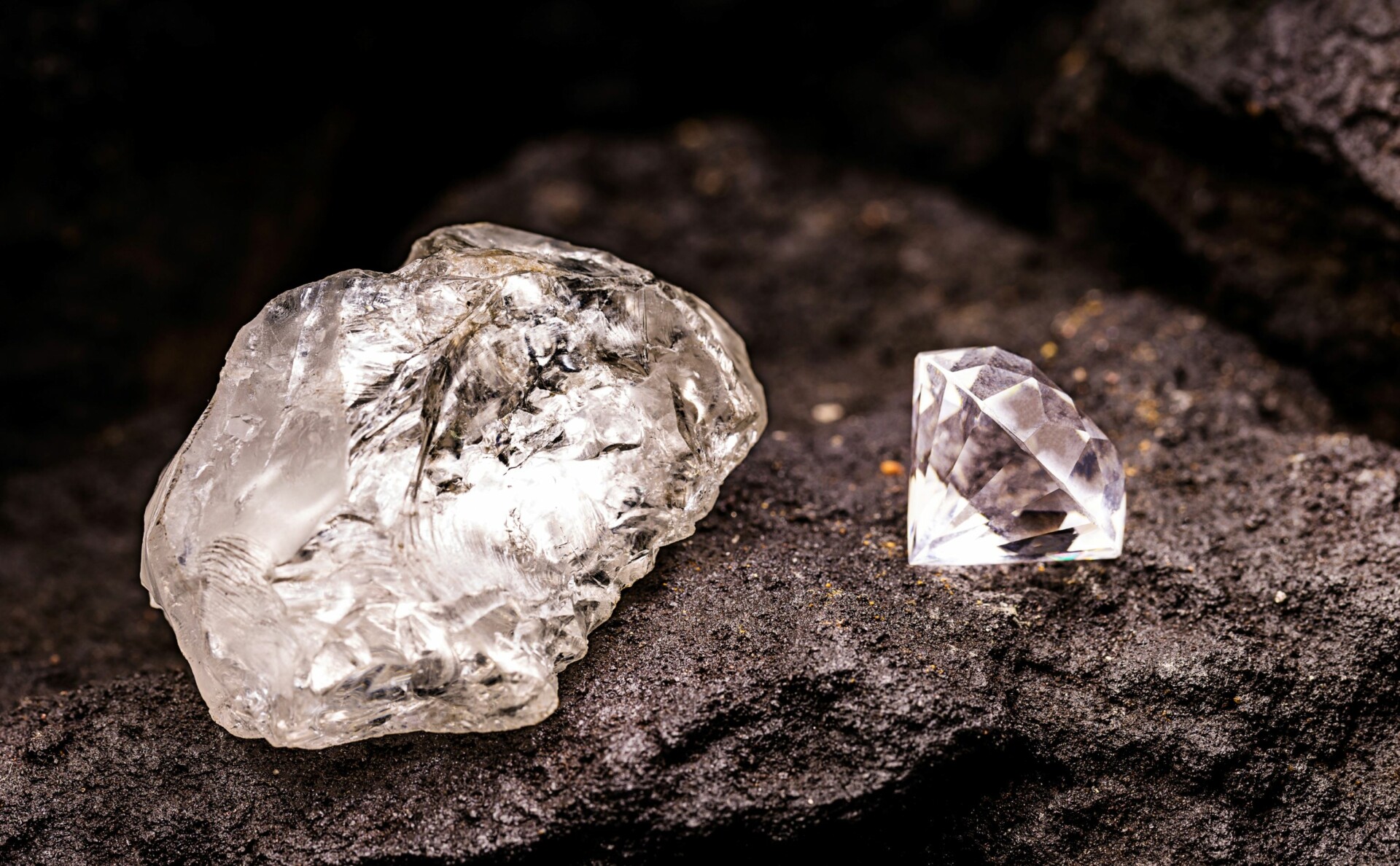Palm wax has been increasingly used as a replacement for paraffin wax in candle-making, cosmetics, soaps, and lubricants.
Although it is sometimes equated with carnauba wax, which also comes from a palm tree, the two are not entirely the same thing.
You see, palm wax comes from trees that specifically produce palm oil, and it is a little different from other plant-based waxes.
But is palm wax sustainable? The real question we need to ask ourselves is: compared to what?
Palm wax is more sustainable than synthetic waxes like paraffin, but it is not the most sustainable natural wax.
We’ll explain why in this article.
1. Is Palm Wax Made Sustainably?
To best answer this question, it’s important to analyze where exactly palm wax comes from, how the palm trees are grown, and how the wax is made.
Where Does Palm Wax Come From?
Palm wax comes from the oil palm tree. The tree is native to Central and West Africa, but they are also grown extensively in the tropical Asian countries of Indonesia and Malaysia.
The oil from this particular palm tree is what is mostly used to make palm wax.
The tree itself grows up to 20 meters tall and produces flowers, which turn into clusters of red fruit.
Commercial oil comes from the outer flesh of the fruit, so it is red or orange in color before processing due to naturally-occuring chemicals found in the fruit.
This is the oil that is mostly used to create the palm wax used for candles and beauty products.
Another type of oil palm, the American oil palm, is grown in South and Central America.
Unlike the African oil palm, the American oil palm doesn’t grow very tall. Instead, it grows close to the ground.
The oil from the American oil palm was likely used to make candles by early settlers in the Americas and isn’t as widely used commercially as the African oil palm.
How Are Oil Palms Grown?
Most oil palms are grown and cultivated strictly as a source of palm oil.
Sometimes they are grown as ornamental plants, but the main purpose is to harvest the palm oil because there aren’t many other products that can be made from the tree.
Palm oil really took off as an industry in the 20th century. Since then, oil palms have been grown in Africa, Indonesia, and Malaysia on a very large scale.
This requires a lot of land that needs to be cleared, often by way of slash-and-burn agriculture.
In slash-and-burn agriculture, forests are burned to make way for usable land for planting trees.
As you can imagine, this leads to massive deforestation. That means that growing oil palm trees isn’t very sustainable.
Is Palm Wax the Same as Palm Oil?
Palm wax and palm oil are not the same thing. Rather, palm wax is made from palm oil.
The oil has to undergo processing to turn it into wax for certain products.
Or, the oil can be used by itself in other products, mostly in food.
How Is Palm Wax Made From Palm Oil?
To make palm wax, first the palm oil has to be extracted from the palm fruit.
To do this, the flesh of the fruit is steamed to destroy enzymes. Then, the fruit is pressed, which releases the red-orange colored oil.
To turn the palm oil into wax, it is hydrogenated. Hydrogenation is a process that adds hydrogen to a liquid to turn it into a solid.
And since the palm oil is naturally colored, sometimes it is bleached to turn it white, especially when sold as candle wax.
Palm oil can also be extracted from the kernel of the fruit by mechanical presses.
But palm kernel oil has a slightly different composition. It is mostly used in edible products such as margarine and cookies and isn’t usually turned into wax.
The one saving grace of palm wax is that its production is more sustainable than how the palm trees are grown.
2. Is Palm Wax Eco Friendly?
The palm wax itself is more eco-friendly than petroleum-based waxes like paraffin since palm wax comes from plants.
Plants are a renewable resource, whereas the source of paraffin wax is crude oil- a non-renewable resource.
But just because a product comes from plants, it doesn’t automatically mean that it’s eco-friendly.
Unfortunately, palm wax is not the most eco-friendly plant-based wax.
The problem isn’t with the palm wax itself; it’s how the palm trees are grown.
As previously mentioned, growing oil palms contributes to massive deforestation through slash-and-burn agriculture.
Besides obviously creating habitat loss for numerous plant and animal species, there are other problems with slash-and-burn agriculture.
The ash produced by burning trees does benefit the palm trees by fertilizing them.
But the problem is that continuous cultivation of the same land over several years eventually leads to a decline in fertile and usable soil.
That means that even more land has to be cleared since the old land is no longer usable.
The old land will eventually become usable again but it can take several years before that happens.
Clearing land in this way is neither sustainable nor eco-friendly due to damage to natural resources and displacement of plant and animal species, including humans.
Luckily, an organization called the Roundtable for Sustainable Palm Oil (RSPO) is making efforts to change the way oil palm trees are grown and harvested so that they are more sustainable.
3. Is Palm Wax Sourced Ethically?
Palm oil is harvested by hand, which can be grueling work in the hot tropical climates where oil palms are grown.
This can take a toll on the workers that already work for very little pay.
But one of the ways that the Roundtable for Sustainable Palm Oil is helping to change the production of palm oil is through human rights initiatives.
These initiatives follow the UN Guidelines on Business and Human Rights, including:
- Preventing child labor
- Promoting living wages
- Maintaining health and safety conditions for workers
One of the ways you can ensure that your palm oil products are ethically sourced is by supporting companies that are members of the RSPO.
4. Is Palm Wax a Natural Product?
Palm wax is considered to be a natural product since it comes from a natural source: plants. But then again, paraffin wax also comes from a natural source.
So just because a product comes from a natural source, it doesn’t automatically mean that it’s more eco-friendly.
It really just comes down to how the source of the product is grown and produced.
With that being said, palm wax is a better natural product than paraffin wax is. And if the palm wax is left in its original state, then it is 100% natural.
But since palm wax is used in beauty products and to make candles, sometimes other chemicals like fragrances and dyes are added in.
When chemicals are added to a product, it lowers how natural the finished product is unless the fragrances and dyes are natural as well.
5. Is Palm Wax a Vegetable Wax?
Palm trees aren’t what we think of when we hear the term vegetable. But a vegetable wax just means that the wax came from a plant source.
That means that palm wax is considered to be a vegetable wax.
Other vegetable waxes include:
6. Is Palm Wax Biodegradable?
Since palm wax is a plant-based wax, it is 100% biodegradable.
Essentially, it is made up of the same biological chemicals that are found in other plant fibers.
That means that it is safe for the organisms that are found in soil to decompose palm wax.
Palm wax can actually biodegrade in as little as two weeks if the conditions are right.
7. Is Palm Wax Compostable?
Palm wax is compostable as long as it is 100% natural.
But if it is used in beauty products and candles, it may not be 100% natural depending on the other ingredients that are added to the wax.
Before composting anything, it is important to know all of the ingredients that are in a product. Some chemicals can harm your compost.
So if you aren’t entirely sure that a product made with palm wax is 100% natural, it’s better to not try to use it in your compost.
8. Is Palm Wax Recyclable?
No, palm wax is not recyclable. As a matter of fact, there isn’t any type of wax that can be recycled.
Wax can cause major problems for recycling machines because it can leave behind a sticky residue.
This residue is hard to clean from the machines and can actually cause major damage over time.
Since palm wax will biodegrade, the best way to dispose of it is to just throw it away. Or you can compost it if you know that it’s safe to do so.
9. Is Palm Wax Better Than Beeswax?
Palm wax is not better than beeswax. They are both natural types of wax, but beeswax is more sustainable and eco-friendly than palm wax.
Beeswax can also be locally sourced in most places, whereas palm wax has to be exported and imported since oil palm trees are grown exclusively in Africa, Indonesia, and Malaysia.
Having to export and import a product uses more energy to transport that product from place to place.
This also contributes to more greenhouse gas emissions, a major contributor to the climate crisis.
The only exception to palm wax being better than beeswax is that palm wax is actually a vegan product. Beeswax is technically not a vegan product since it comes from an animal source.
But beeswax is acceptable as a vegan product by some people since producing it doesn’t cause harm to bees and it is sustainable and eco-friendly.
10. Is Palm Wax Better Than Soy Wax?
Neither palm wax nor soy wax is necessarily better because they both contribute to deforestation. You could reasonably argue the case for either one.
On one hand, the soybean industry – the source of soy wax – is a much larger industry than the palm wax industry.
Soybeans are grown all over the world, so the level of deforestation is much higher than it is with palm wax.
Soybeans are also harvested using more machinery, which results in higher energy use and greenhouse gas emissions. Palm oil is harvested by hand, so there isn’t as much machinery used.
However, since soybeans are grown in more places, there’s a greater chance to obtain locally sourced soy wax which cuts down on greenhouse gas emissions from having to transport the wax.
As mentioned previously, oil palm trees are only grown in three areas of the world.
Palm wax – or the oil used to make it – has to be transported to other places outside of those three areas. The chances of obtaining locally sourced palm wax aren’t as great.
When you weigh the pros and cons of each, palm wax wins in terms of sustainability if you can look past the fact that most palm wax won’t be locally sourced.
11. Is Palm Wax Toxic?
Palm wax is not toxic and is considered to be a clean-burning wax.
That means that when it is used for candles, it will not release cancer-causing chemicals into the air when burned as paraffin wax will.
The main concern with palm wax has nothing to do with human health.
Rather, it’s the health of the environment as a result of producing the wax that causes the most concern.
12. What Is Palm Wax Used For?
The most common use for palm wax is for making candles.
Palm wax is preferred for making pillar candles, because by slowing down the rate of cooling you can create a crystallized effect in the candle’s texture.
It also isn’t uncommon to find palm wax used in beauty and skin products, especially those that are marketed as being natural.
But remember that the more chemicals that are added to a product, the less natural it becomes.
2 Sustainable Alternatives to Palm Wax
Being a plant-based wax already makes palm wax a more sustainable choice than petroleum-based paraffin wax.
But just because something comes from plants doesn’t mean it’s sustainable.
Here are two types of wax that are more sustainable than both paraffin wax and palm wax.
1. Beeswax
In terms of sustainable waxes, beeswax is the all-around best choice.
It is more eco-friendly to produce, can be locally sourced, and has many of the same uses as palm wax.
2. Coconut Wax
Coconut wax is more sustainable than palm wax because coconut trees can produce a higher yield.
Coconut wax has many of the same uses as palm wax. And, coconut trees are grown for more reasons than just producing coconut wax.
Conclusion
Although palm wax is a more sustainable alternative to paraffin wax, it is not without its problems.
The major problem surrounding palm wax is deforestation. Because of this, many people are steering away from palm wax as a sustainable and eco-friendly wax option.
Other than the Roundtable for Sustainable Palm Oil, there aren’t many organizations out there that currently support sustainable palm wax production.
The key to making a difference is by only buying products from companies who support sustainable growing and production of plant-based waxes such as palm wax.
You Might Also Like…
- Is Fast Food Bad for the Environment? (& What You Can Do)
- Is Fabric Softener Bad for the Environment? (+5 Eco-Friendly Options)
- Is Fuel Dumping Bad for the Environment? (& How Often It Happens)
- Is Electricity Generation Bad for the Environment? (What You Should Know)
- Is Dry Cleaning Bad for the Environment? (4 Surprising Facts)
- Is Diamond Mining Bad for the Environment? (Important Facts)
- Is DEET Bad for the Environment? 4 Effects (You Should Know)
- Is Cat Litter Bad for the Environment? (5 Common Questions)
- Is Burning Cardboard Bad for the Environment? (6 Facts)
- Is Burning Paper Bad for the Environment? (6 Surprising Facts)
- Is Burning Leaves Bad for the Environment? (7 Quick Facts)
- 4 Natural Cleaners for Quartz Countertops
- 6 Eco-Friendly Acrylic Paint Brands (For Sustainable Artists)
- 5 Eco-friendly Alternatives to Acrylic Paint (& How to Make Them)
- Is Acrylic Paint Bad for the Environment? (7 Quick Facts)
- Is Acrylic Yarn Bad for the Environment? 8 Crucial Facts
- Is Acrylic Bad for the Environment? (8 Quick Facts)
- Is Aluminum Foil Bad for the Environment? 7 Quick Facts
- Is Bleach Bad for the Environment? 6 Crucial Facts
- Is Lithium Mining Bad for the Environment? 6 Crucial Facts

